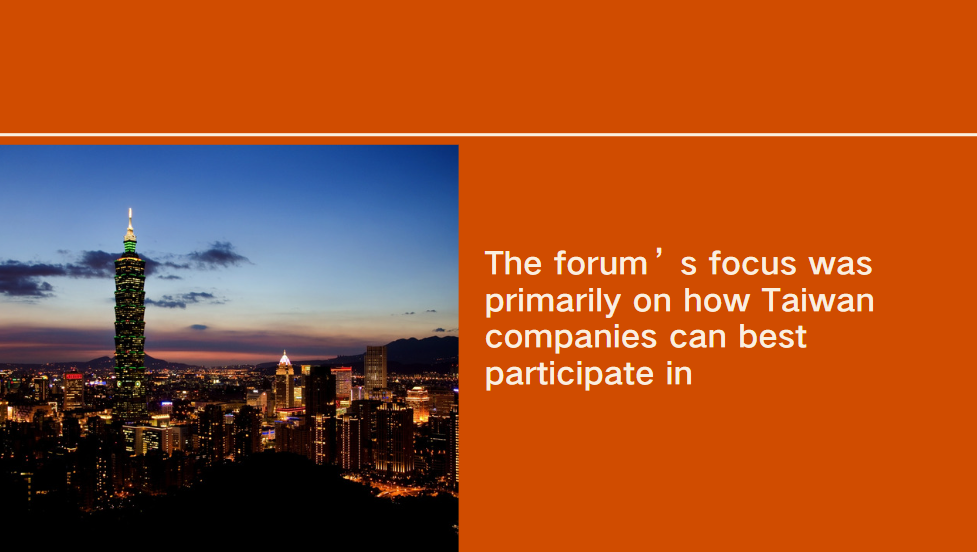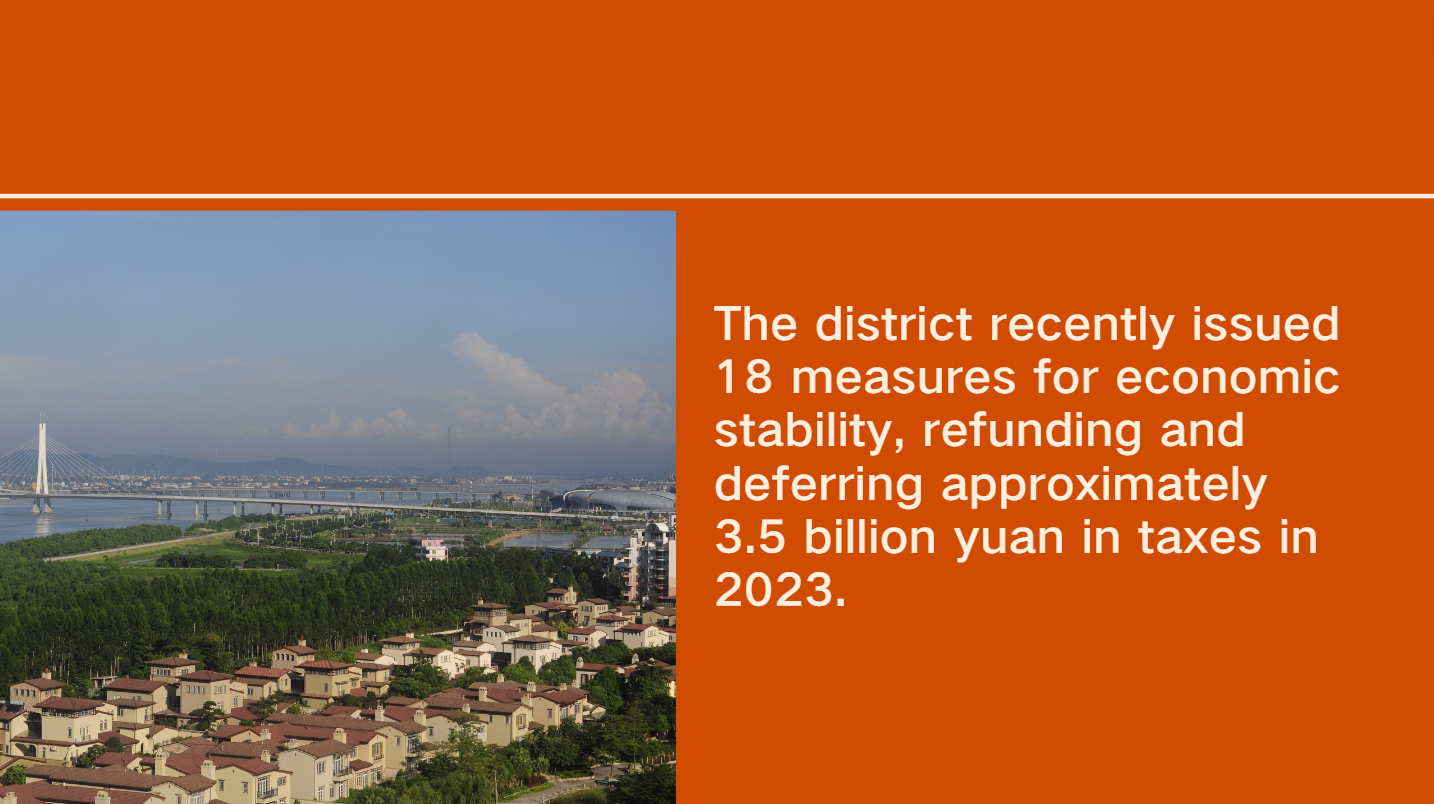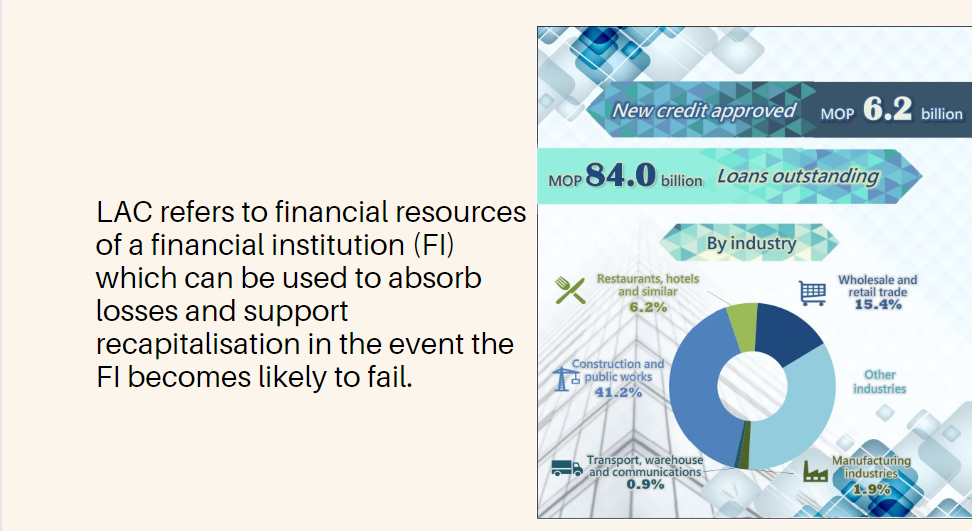Tokenisation for the real world
Presentation slides from a speech by Mr Hyun Song Shin, Economic Adviser and Head of Research of the BIS, at the OCC Symposium on the "Tokenization of Real-World Assets and Liabilities", Washington DC, 8 February 2024.
Throughout history, innovations in the monetary system have coincided with major leaps in economic activity. Money in the form of book entries overseen by trusted intermediaries opened the door to new financial instruments that spurred trade and commerce. Paper ledgers then gave way to their digital counterparts, bringing profound changes to the economy and society at large.
Tokenisation could take this evolution one step further. Tokens integrate the information in a traditional database with rules and logic governing transfers. By doing so, tokenisation enables the contingent performance of actions, enlarging the universe of possible economic arrangements. Delivery versus payment (DvP), where the transfer of the asset is a precondition for payment and vice versa, is the canonical use case, but more elaborate use cases can be envisaged. Having central bank money in the same venue as the other claims enables the settlement of transactions. For private forms of money, tokenised deposits are preferred to stablecoins due to the former's compatibility with the "singleness of money".
The 2023 BIS Annual Economic Report argued for a "unified ledger" that brings together wholesale central bank digital currencies, tokenised deposits and tokenised assets all on the same platform. Some applications will be more amenable to tokenisation than others, depending on the legal and governance challenges. This presentation sketches a "tokenisation continuum" ranging from the low-hanging fruit to the more challenging applications that need to overcome legal and governance obstacles.




















































First, please LoginComment After ~